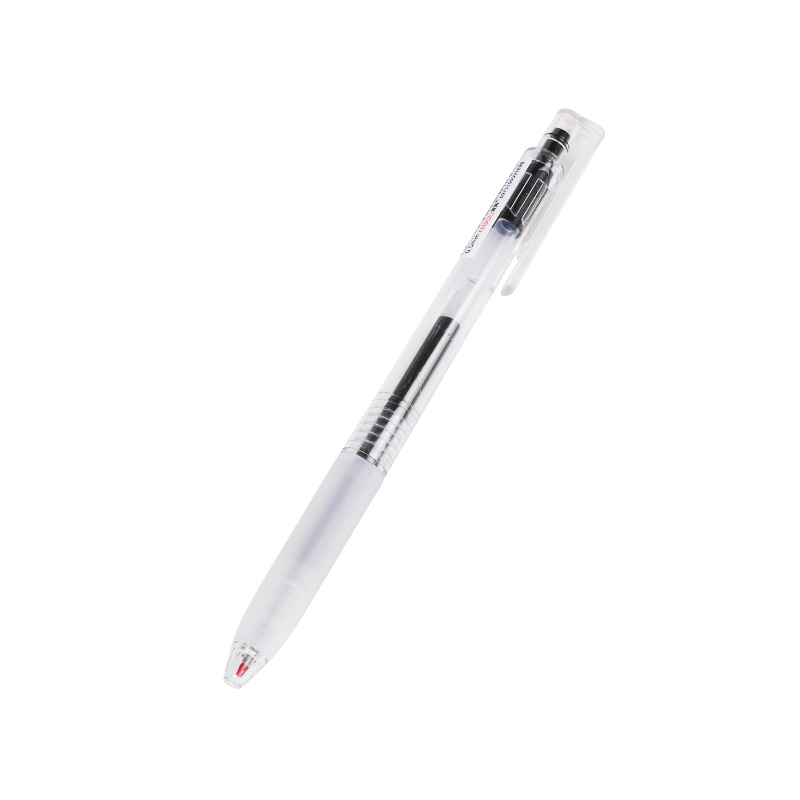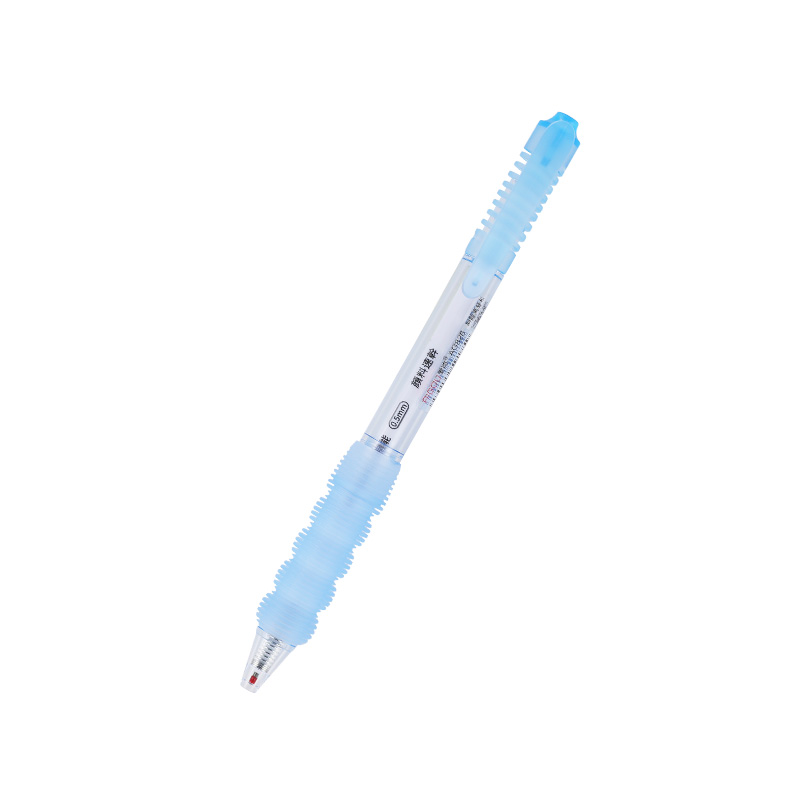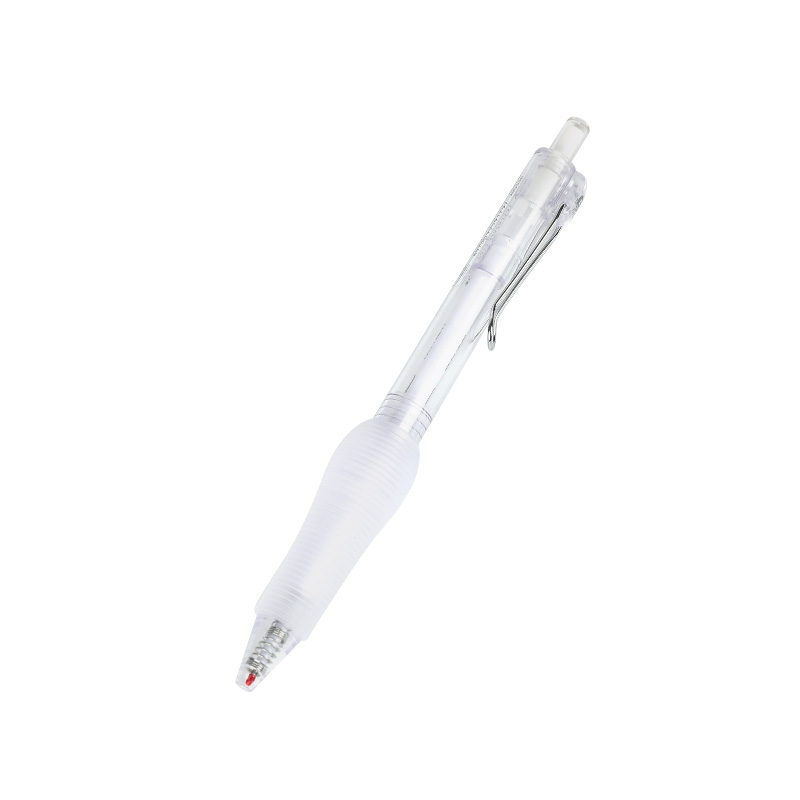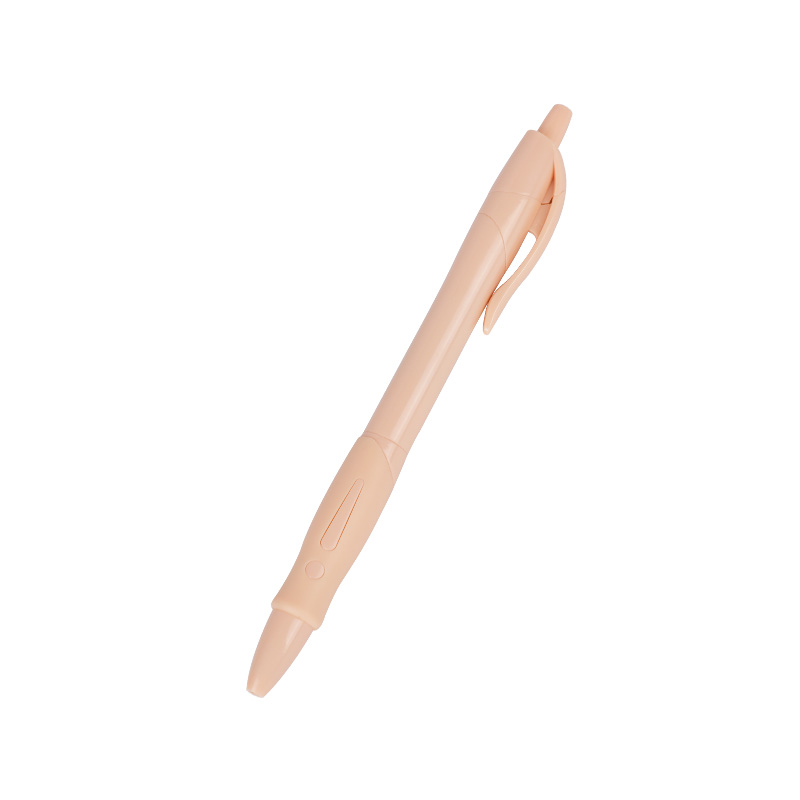Rolling Ball Pen vs. Fountain Pen: Which Offers Better Control?
The debate between writing instruments often boils down to aesthetics versus practicality, tradition versus modernity. But when the crucial factor is control – the precise, consistent command over the line you put on paper – the comparison between the classic fountain pen and the ubiquitous Rolling Ball Pen becomes particularly intriguing. Both promise a smooth writing experience, yet they achieve it through fundamentally different mechanisms, to distinct control profiles.
Fountain pens, revered for their elegance and customizable feel, offer a unique connection to the page. The ink flows from a reservoir through a feed system to the nib, which splits the ink onto the paper via capillary action. Control here is intimately linked to nib width (fine, medium, broad), nib material (steel, gold), and even the subtle flex of the tines. A skilled user can achieve remarkable line variation – thicker downstrokes, thinner upstrokes – a level of expressiveness central to calligraphy and personal handwriting flair. The feedback, the slight resistance or ""toothiness"" as the nib glides, provides tangible information about the paper surface and the writer's pressure. This feedback loop is a key component of the fountain pen's perceived control for enthusiasts. However, this control demands attention: maintaining the correct writing angle, using compatible paper to prevent feathering or bleed-through, ensuring consistent ink flow, and avoiding excessive pressure that can damage the nib. It’s a relationship requiring finesse.
Enter the Rolling Ball Pen. Its brilliance lies in its consistent, low-maintenance performance. The core mechanism is a tiny, freely rotating ball bearing at the pen's tip, typically made of tungsten carbide. This ball picks up viscous ink (oil-based or gel) from an internal reservoir and transfers it smoothly onto the paper as it rolls. The key to the Rolling Ball Pen's control proposition is consistency. The ball design inherently requires minimal downward pressure. The writer essentially guides the pen; the rolling ball does the work of laying down the ink. This results in a remarkably smooth, almost effortless glide across a vast array of paper types – from cheap copier paper to glossy surfaces – where a fountain pen might struggle. The Rolling Ball Pen offers predictable line width (dictated by the ball size – 0.5mm, 0.7mm, 1.0mm being common) with virtually no variation based on pressure or angle. This predictability is its greatest strength for control in fast-paced, everyday situations.
When assessing pure precision and reliability in diverse scenarios, the Rolling Ball Pen often holds a distinct advantage. Need to quickly jot notes on a thermal receipt? The Rolling Ball Pen handles it without hesitation. Signing documents on slightly textured paper? The Rolling Ball Pen delivers a clean, consistent line. Taking rapid lecture notes or filling out forms where absolute legibility is key? The unwavering line from a fine-point Rolling Ball Pen provides exceptional control and clarity. The lack of sensitivity to writing angle means users don’t need to consciously adjust their grip, making the Rolling Ball Pen incredibly accessible and reducing hand fatigue during extended writing sessions. This consistent, forgiving nature defines the control offered by a modern Rolling Ball Pen.
For tasks demanding absolute uniformity – technical drawing (where specific line weights are crucial), filling in precise boxes on forms, or simply ensuring every letter is consistently dark and defined – the Rolling Ball Pen excels. Its gel ink variants, in particular, offer intense pigmentation and smoothness rivaling liquid inks but with the robustness of the rolling ball mechanism. The reliability of a Rolling Ball Pen in less-than-ideal conditions (on vertical surfaces, in moving vehicles) further underscores its control advantage in practical, real-world use. You know exactly what you're going to get with each stroke of a quality Rolling Ball Pen.
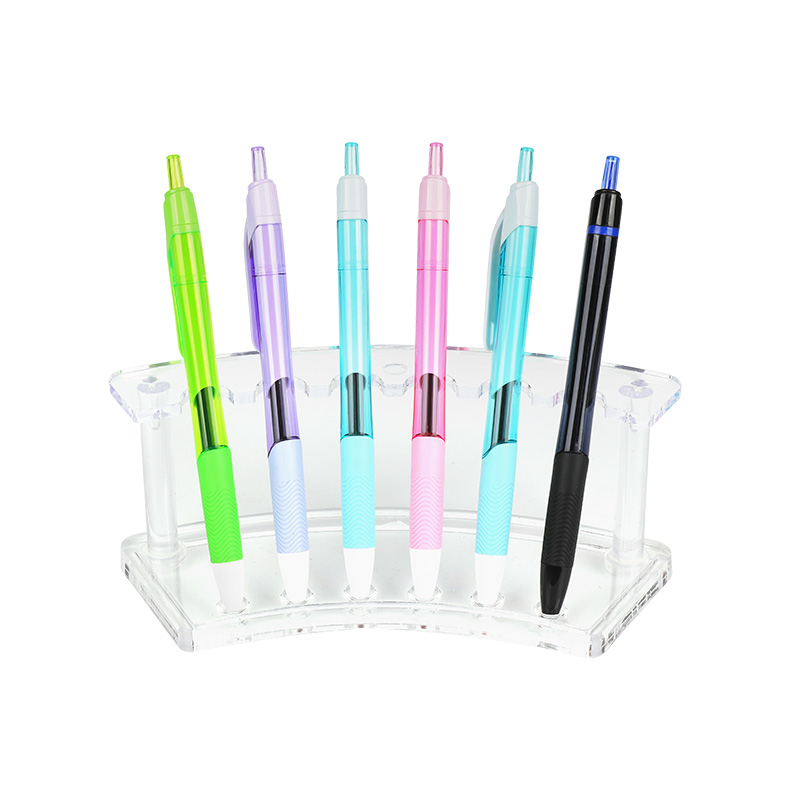
This isn't to dismiss the fountain pen's control; it's simply a different kind. The fountain pen offers expressive control – the ability to modulate line width and character through technique. It's a tool for deliberate, often slower, writing where the user actively participates in shaping the ink flow. The control is artistic and deeply personal. Conversely, the Rolling Ball Pen offers operational* control – consistent, reliable, effortless performance across the board. Its control lies in its predictability and ease of use, removing variables like paper quality or user technique from the equation. The Rolling Ball Pen empowers the user to focus solely on the content, confident the instrument will perform flawlessly. For users prioritizing speed, reliability, minimal fuss, and unwavering line consistency on any surface, the Rolling Ball Pen delivers superior, practical control every time. The next time you reach for a pen demanding absolute command over your words, consider the unassuming power and precision of the modern Rolling Ball Pen. Its consistent performance is a testament to its mastery over the fundamentals of reliable writing control.

